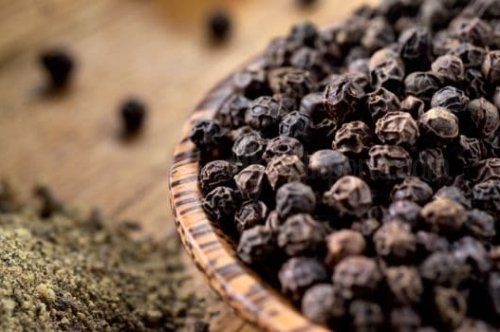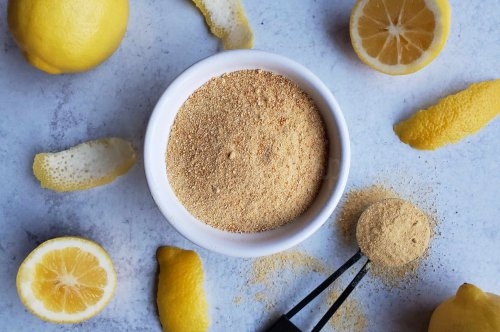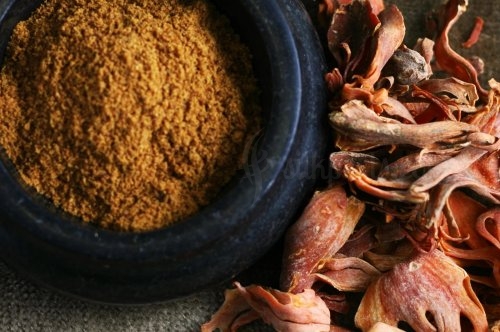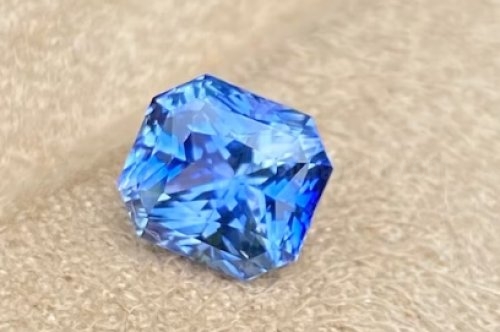
What is Jack Fruit?
The jackfruit also known as jack tree, is a species of tree in the fig, mulberry, and breadfruit family . Its origin is in the region between the Western Ghats of southern India, all of Sri Lanka and the rainforests of the Philippines, Indonesia, and Malaysia.
The jack tree is well-suited to tropical lowlands, and is widely cultivated throughout tropical regions of the world. It bears the largest fruit of all trees, reaching as much as 55 kg (120 pounds) in weight, 90 cm (35 inches) in length, and 50 cm (20 inches) in diameter. A mature jack tree produces some 200 fruits per year, with older trees bearing up to 500 fruits in a year. The jackfruit is a multiple fruit composed of hundreds to thousands of individual flowers, and the fleshy petals of the unripe fruit are eaten.The ripe fruit is sweet (depending on variety) and is more often used for desserts.
Jackfruit is commonly used in South and Southeast Asian cuisines.Both ripe and unripe fruits are consumed. The jackfruit is the national fruit of Bangladesh and Sri Lanka, and the state fruit of the Indian states of Karnataka, Kerala and Tamil Nadu. Jackfruit can be used in many different ways,
- As jackfruit seeds.
- As jackfruit powder.
Jack Fruit Sri Lanka
Across Sri Lanka, the jackfruit tree is known as bath gasa (“rice tree”).
Arthur v. Dias initiated the planting of jackdfruits throughout Srilnka. Dias came up with the ambitious goal of planting one million jackfruit trees across Sri Lanka. A planter by trade, Dias imported jackfruit seeds from Malaysia and gathered healthy seeds for germination. He visited villages to distribute seedlings and mailed seeds to far-flung corners in the country. Over time, Dias’ campaign paved the way to many successful jackfruit plantations across the country and earned him the heroic nickname of Kos Mama, or Uncle Jack.
How to growing Jack Fruit?
First of all you need to live in a humid tropical to near tropical climate. Growing jackfruit trees are extremely sensitive to frost and cannot abide drought. They flourish in rich, deep, and somewhat porous soil. They enjoy a constant source of moisture though they cannot tolerate wet roots and will cease to bear fruit or even die if kept too wet. Altitudes over 4,000 feet (1,219 m.) above sea level are detrimental, as are areas of high or sustained winds.
If you feel you meet the requirements above, then propagation is usually attained via seeds, which have a short shelf life of only a month. Germination takes three to eight weeks but can be sped up by soaking the seeds in water for 24 hours. Once the growing jackfruit trees gain four leaves, they may be transplanted although the extra-long and delicate taproot may make this difficult.
Growing jackfruit trees produce within three to four years and may live to 100 years old with productivity declining as they age.
Best Climate for growing Jack Fruit
Jackfruit is mainly a tree of lowlands of tropical demography. It has adapted to a wider range of conditions due to geographical variety.
The best soil for growing Jackfruit is alluvial soils that are deep and of open texture. However, due to a wider range of conditions, it can be grown on different varieties of soils as long as they are well-drained.
Jack Fruit Harvesting
Within three to six years after planting, the jack tree starts to flower, and in two-three months after blossoming, young and unripe green skinned fruits are ready to be picked as a vegetable.
Mature fruits are ready to harvest after four-five months of flowering when they exude sweet aroma, and their skin turns from green to yellowish tinge. In native conditions, it bears fruits year-round but peak harvest season is summer.
Jackfruit Seeds
Compared with other tropical fruit seeds, jackfruit seeds pack many important nutrients.
They contain high levels of starch, protein, vitamins, minerals, and antioxidants
A 1-ounce (28-gram) serving of jackfruit seeds contains.
- Calories: 53
- Carbs: 11 grams
- Protein: 2 grams
- Fat: 0 grams
- Fiber: 0.5 grams
- Riboflavin: 8% of the Reference Daily Intake (RDI)
- Thiamine: 7% of RDI
- Magnesium: 5% of RDI
- Phosphorus: 4% of RDI
These seeds also contain high concentrations of two B vitamins — thiamine and riboflavin. Both help provide your body with energy, as well as perform other important functions
Uses of Jack Fruit
- Different maturity stages of jackfruit flesh are consumed fresh or as canned slices, fruit juice, and dried chips. Fully ripen stage produce fruit juice of good eating quality with suitable aroma, texture, sweetness, and taste.
- In some countries, pureed jackfruit has been processed into baby food, juice, jam, jelly, base for cordials, candies, fruit-rolls, marmalades, jackfruit leather, and ice cream.
- The unripe stage is also used to prepare pickles, when the fruit is tender .
- The seeds are also consumed after boiling and roasting or added to flour for baking and cooked in dishes.
- Jacktree is used for its durable timber, which acquire reddish orange colour when aging.
- The timber also has antitermite properties and used for the preparation of furniture. The chips are used to extract an orange-red dye, which is used to colour the robes of Buddhist monks.
- The leaves and fruit wastes of the jacktree are used produce fodder for cattle, pigs, and goats.
- Many parts of the plant, including the bark, roots, leaves, and fruits, are known for their medicinal properties in traditional and folk medicine.
Benefits of Jack Fruit
Jack Fruit rich nutrient content, jackfruit offers a variety of health benefits.
- Cancer healer.
- Weight loss agent.
- Blood pressure reducer.
- Digestion improver.
- Insomnia curer.
- Diabetes friendly.
- Eye and skin maintainer.
- Ulcer healer.
- Bone supporter.
- Nerve system booster.
- Lower Inflammationin the Body.
- Promote Healthy Skin .
- Keep the Heart Healthy .
 English
English
 Russian
Russian  Arabic
Arabic  French
French  Español
Español  Turkish
Turkish  German
German 







